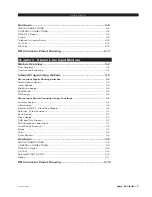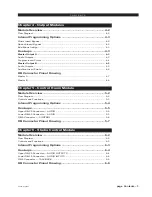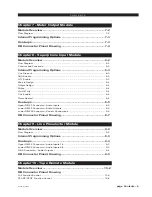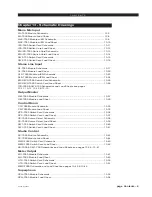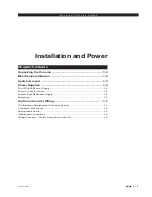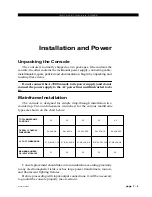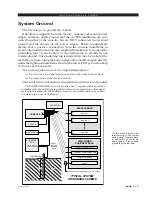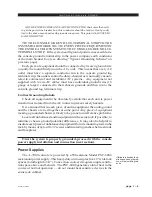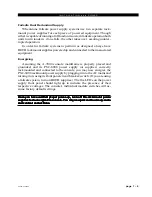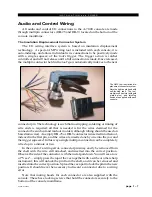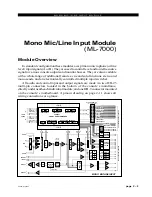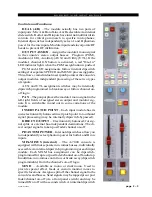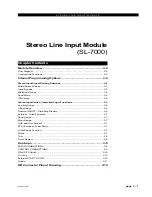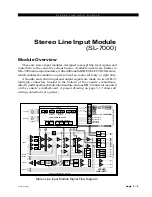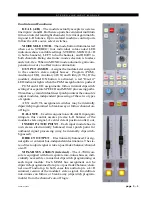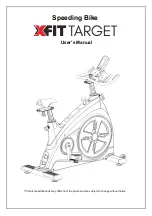
I N S T A L L A T I O N a n d P O W E R
page 1 – 8
A-7000 / Sep 2002
Connection Procedures
As supplied from the factory, the console requires no logic connections
to function. Therefore an orderly installation begins with the audio wiring.
Note this manual is organized by module type (inputs, outputs, monitor
modules, etc.); each chapter contains detailed wiring instructions for its
module type. Proceed through the manual, chapter by chapter, until all
modules have been wired to suit your particular installation requirements.
Once proper audio operation is verified, go back to each individual chapter
and proceed with control wiring.
Recommended setup is to have all microphone inputs connected to the
first channels (mono mic type), with the remaining line input sources
connected to stereo line inputs. It is good practice to group input types
together. For example, if you have three cart machines, connect them to the
inputs of three successive stereo line modules.
Analog Insert Points
Certain module signals have insert patch points in their signal chains
to allow outboard audio processing. These include MONO MIC INPUTS
(MM-7000) and OUTPUT MODULES (OM-7000).
Normally these points are internally bridged at the factory (via PCB-
mounted programming switches) prior to shipment. If you intend to use
outboard signal loops at these points, you must reprogram these switches.
See pages 2-6 (mic inputs) and 4-3 (output modules) for details.
Unbalanced Connections
INPUTS — Wire to the console with typical shielded two conductor
cable (like Belden 9451), just as if you were connecting a balanced source.
At the unbalanced source machine’s output, connect the black wire (LOW)
to the shield. If the machine has a -10 dBu output, don’t hesitate to turn
module input gain as high as is needed.
OUTPUTS — A-7000 consoles use a balanced output circuit which
behaves exactly like the secondary of a high-quality transformer, with no
center tap—this output is both balanced and floating. Either the HIGH or
LOW side of the output should be strapped to ground, with the output taken
from the other side. (Normally you’d strap LOW to ground, and take HIGH
to feed your unbalanced equipment.)
See Appendix for a dis-
cussion of balanced ver-
sus unbalanced connec-
tions.


